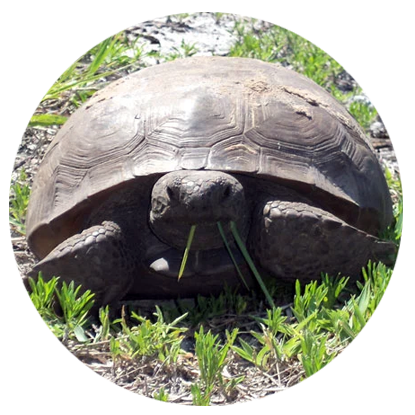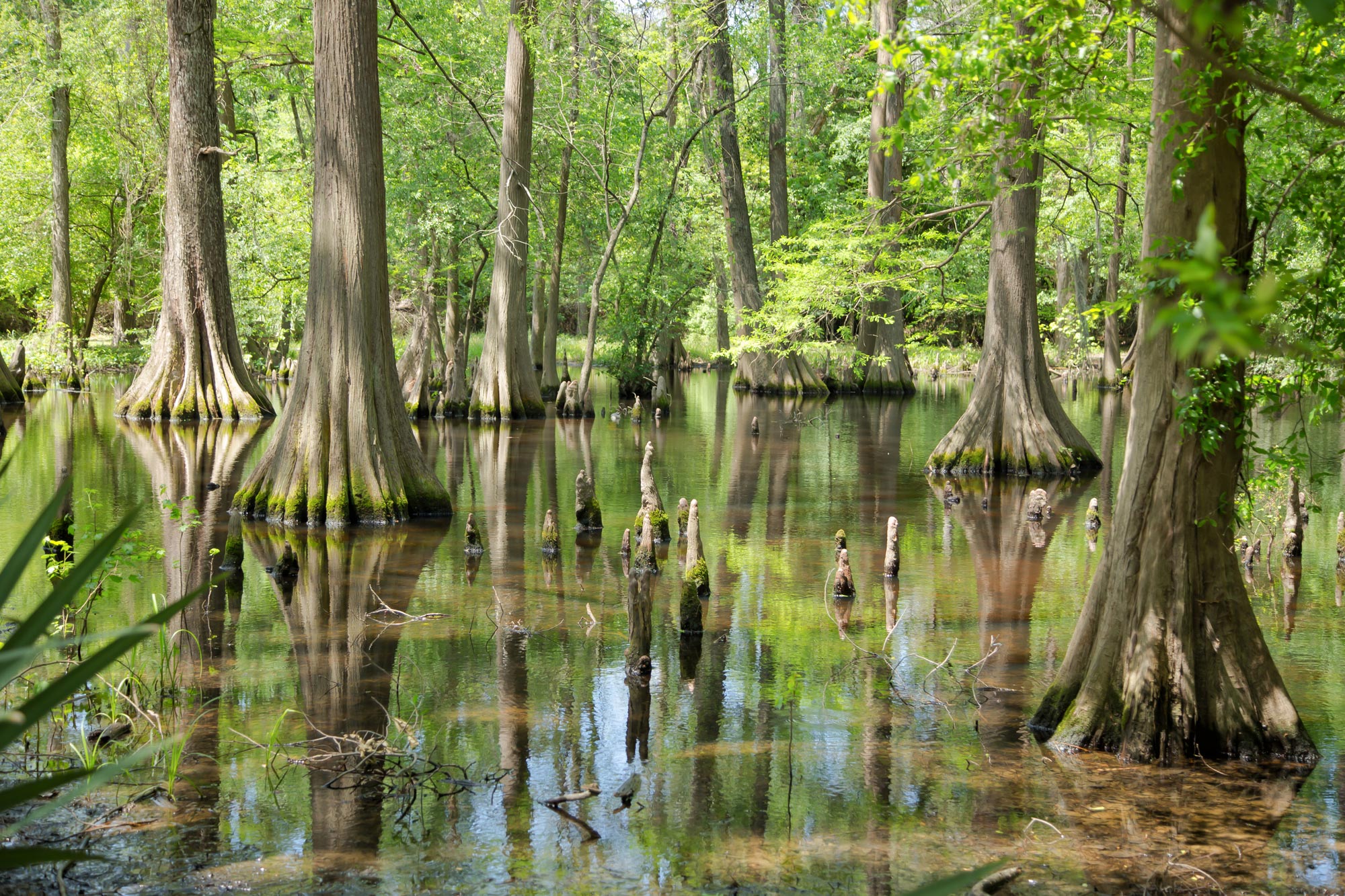
Wetland Services in Tampa, Florida
• Wetland Delineation
• Wetland Determination
• Wetland Mitigation
• Monitoring and Maintenance
• Restoration and Design
• Upland Buffer Restoration
• Wetland Planting
• Define Boundaries
• Misc Activities in Wetlands Permits (HCEPC)
Wetland Overview
Wetlands are biologically diverse ecosystems that act as kidneys to other ecosystems, filtering and purifying the water. Wetlands are typically found along shorelines, in depressions, and at groundwater upwelling. In many cases, the periodic occurrence of standing water or wet soil will be a good indication that you have a wetland. However, many wetlands have standing water for only part of the year, so they may be difficult to recognize during dry periods. Wetlands are usually identified by three aspects: soil, hydrology, and vegetation. M.E.I.’s expertly trained staff has had years of training to properly perform the identification of wetlands, known as both a Wetland Delineation and a Wetland Determination, which is explained in Chapter 62-340 of the Florida Administrative Code, under “Delineation of the Landward Extent of Wetlands and Surface Waters”. Permitting services through various agencies, such as SWFWMD, are also provided by M.E.I. Meryman Environmental is well-versed in Wetland Mitigation, Wetland Monitoring and Maintenance, Wetland Restoration Design, Wetland Planting, and all other services that apply to wetlands.
At one time, people thought of wetlands as being “useless wastelands.” We now know that wetlands are one of our most important natural resources because of the many environmental and economic benefits that they provide.
Wetland Delineation
M.E.I. staff will flag all of the wetland lines on the client’s property. In addition, M.E.I. staff will apply for the necessary permit and coordinate with the client’s choice of surveyors to place the wetland line on a Specific Purpose Survey. M.E.I. performs conservative Formal and Informal Wetland Delineations. Contact us for more information.
Meryman Environmental Does the Following Wetland Delineations:
• Off-Site Mitigation Area Locating
• Agency Approval and Sign Off
• Survey Review and verification of Non-M.E.I. delineated wetlands
Wetland Determination
A wetland determination is extremely similar to our Wetland Delineation service, with the exception that the former service is a formal line and done with agency approval. Meaning, this service will benefit the client by letting them know ahead of time approximately where the wetland line falls on their property so they can conceptually plan their development design accordingly, prior to property purchase.
Meryman Environmental does the following Wetland Determinations:
• Non-Agency Location of Wetlands
• For EDA (HCEPC)
Wetland Mitigation
When wetlands are impacted in lieu of development, the developer has to recreate those wetlands somewhere on the same project site or pay for Mitigation Credits; M.E.I. can also assist with obtaining Mitigation Credits. This process is called Wetland Mitigation. Using M.E.I. for this service will ensure a design that is simplistic yet hits all of the marks that SWFWMD and ACOE require.
Meryman Environmental does the following Wetland Mitigations:
• Wetland Mitigation ERP, SWFWMD, and FDEP
• Wetland Mitigation ACOE
• Wetland Mitigation ERP, SWFWMD Section E
• Wetland Mitigation ERP, SWFWMD UMAMS
• Wetland Mitigation ERP, SWFWMD Mitigation Design
Wetland Monitoring and Maintenance
All members of the M.E.I. staff have degrees featuring natural sciences, are well-practiced in plant identification, and are Licensed Applicators. Whether the monitoring and maintenance is for a wetland that was recently mitigated or recently restored, M.E.I. has the experienced personnel for the job.
Wetland Restoration Design
M.E.I.’s Wetland Restoration Design service is similar to the Wetland Mitigation service. However, Wetland Restoration Design deals with wetlands that are in poor condition and focuses on reviving them to a healthy state. The first step M.E.I. takes is to eradicate all invasive/exotic nuisance plants; otherwise, they pose severe competition for native vegetation. Native wetland plants would then be brought in to supplement the wetland if necessary, and a maintenance program can be initiated.

